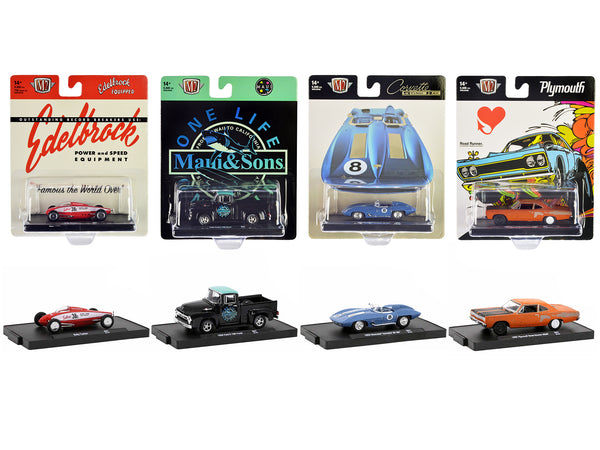
The Origin of Ferrari's BB Name
Related Products
Share
Ferrari's mid-engined BB models, designed by Pininfarina and built to compete successfully on race tracks, have long been overlooked despite their appealing looks and racing success. A new book seeks to change this by detailing both BB (Berlinetta Boxer) and Brigitte Bardot (for their respective stories).
The Berlinetta Boxer
Ferrari introduced their groundbreaking BB (berlinetta boxer) in 1971 as an important step toward changing their road car lineup. This revolutionary machine marked an departure from front-engined Dino and marked their switch towards rear-mounted flat-12 engines that would come to define their road car lineup. Furthermore, the BB was the first Ferrari ever to display its trademark prancing horse emblem, inspired by World War I fighter pilots who would decorate their planes with similar emblems during battle.
The BB was not a true boxer car; rather, its name was misnomer. Powered by a Ferrari-built V12 engine instead of an actual boxer engine, its name simply meant to evoke romantic images associated with its exquisite beauty and exotic appeal.
Leonardo Fioravanti at Pininfarina was responsible for designing the elegant, fresh aesthetic of the BB. He created its graceful lines, featuring clamshell front/rear bonnets with softened lines along its length, wide yet dramatic stance, angular yet softened fender lines, clamshell bonnets at both ends, angular yet softened fender lines, wide yet dramatic stance, wide butch lines at its rear end and an overall elegant, exotic appearance reminiscent of both Lamborghini Miura and Maserati Bora designs.
Mauro Forghieri, an incredible engineer behind this project, noticed that people were calling the car a boxer. To respond he suggested it should instead be known as Berlinetta Bialbero - translating to "Berlinetta with two camshafts." And thus the BB was born.
Although it remains an iconic car with timeless design and performance, its historic significance and iconic performance has long been eclipsed by that of both Dino and its successor car, Testarossa in the US market. But as prices for BBs continue to drop and all remaining examples qualify as old enough to avoid U.S. smog regulations, its position within automotive history could change quickly once again.
The 512 BB
The Ferrari 512 BB marked their return to mid-engined sports car design since their Dino era and proved itself as a significant improvement both performance- and engineering-wise over its predecessor, the 458 Italia.
In 1973, Ferrari unveiled the 512 BB to the world - its name an acronym of berlinetta, gran tourismo, 4 camshafts and boxer (referring to two banks of six cylinders arranged vertically opposed). Pininfarina's Leonardo Fioravanti designed this stunning masterpiece which not only looked good but was an extraordinary performance car too, reaching 60mph in just 5.41 seconds and reaching top speeds of 175 miles per hour on race tracks around the world.
The car was an astounding performer on the road. It was fast, smooth, and handled well - truly an impressive achievement of its time.
Though successful, the 512 BB wasn't widely popular commercially; only 400 cars were sold between its launch in 1966 and 1976 due to various reasons - among them its high cost and fears that its mid-engine configuration might cause it to "bite back" under less experienced driving.
Ferrari designed a competition version of the BB known as 512 BB/LM in order to take full advantage of its racing potential, featuring modified bodywork, longer tail fins and fruitier internal components. While it wasn't as successful in races as its 365 GT4 predecessor, but nevertheless served as proof that Ferrari was taking this project seriously.
Ferrari developed an updated Series II 512 BB/LM in 1979 to mark its 60th Anniversary, producing an even more potent model that produced 480 horsepower thanks to Lucas electronic fuel injection technology. Only nine such cars were ever created.
The Ferrari 512 BB represents the pinnacle of mid-engined sports car engineering from the 1970s. An exceptional performer on both race tracks and roads alike, this iconic model is beloved among Ferrari enthusiasts worldwide. Now is your opportunity to own one for yourself and experience driving one for yourself!





